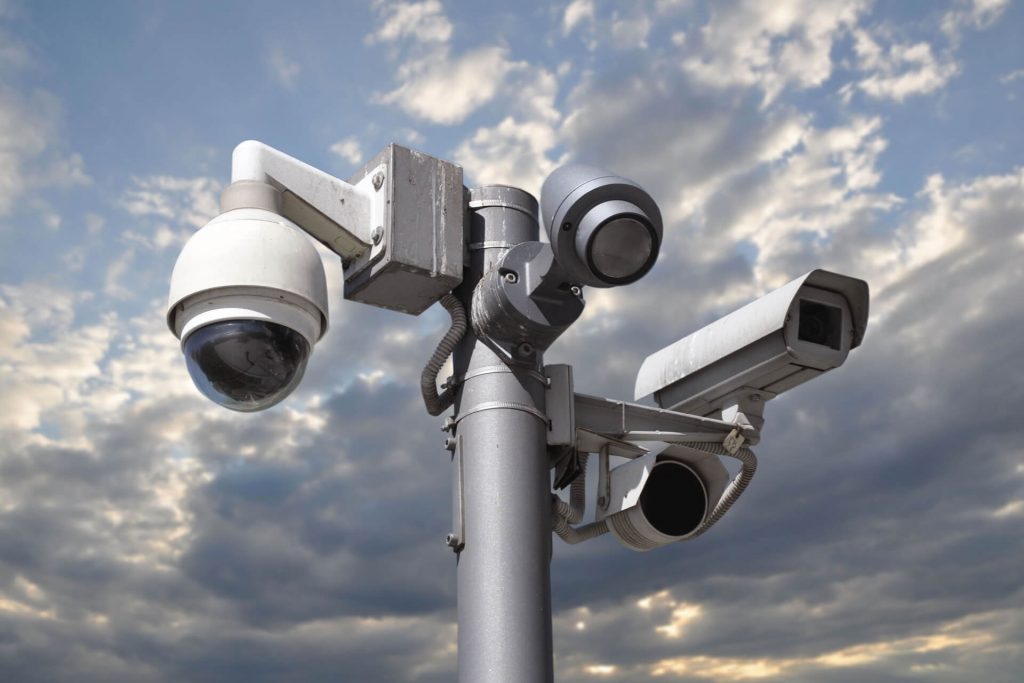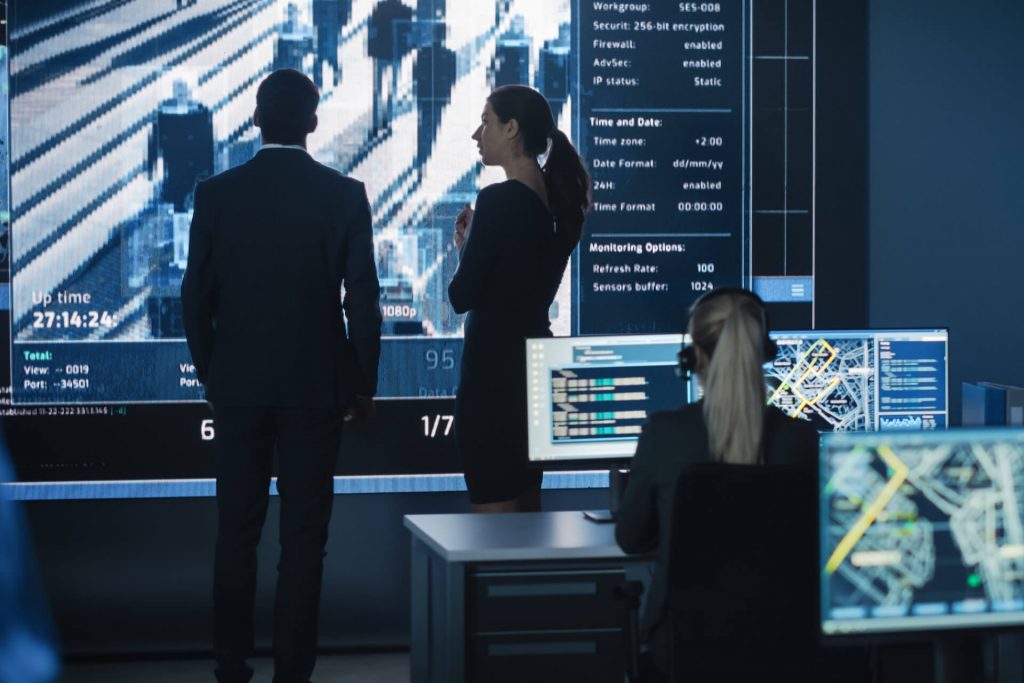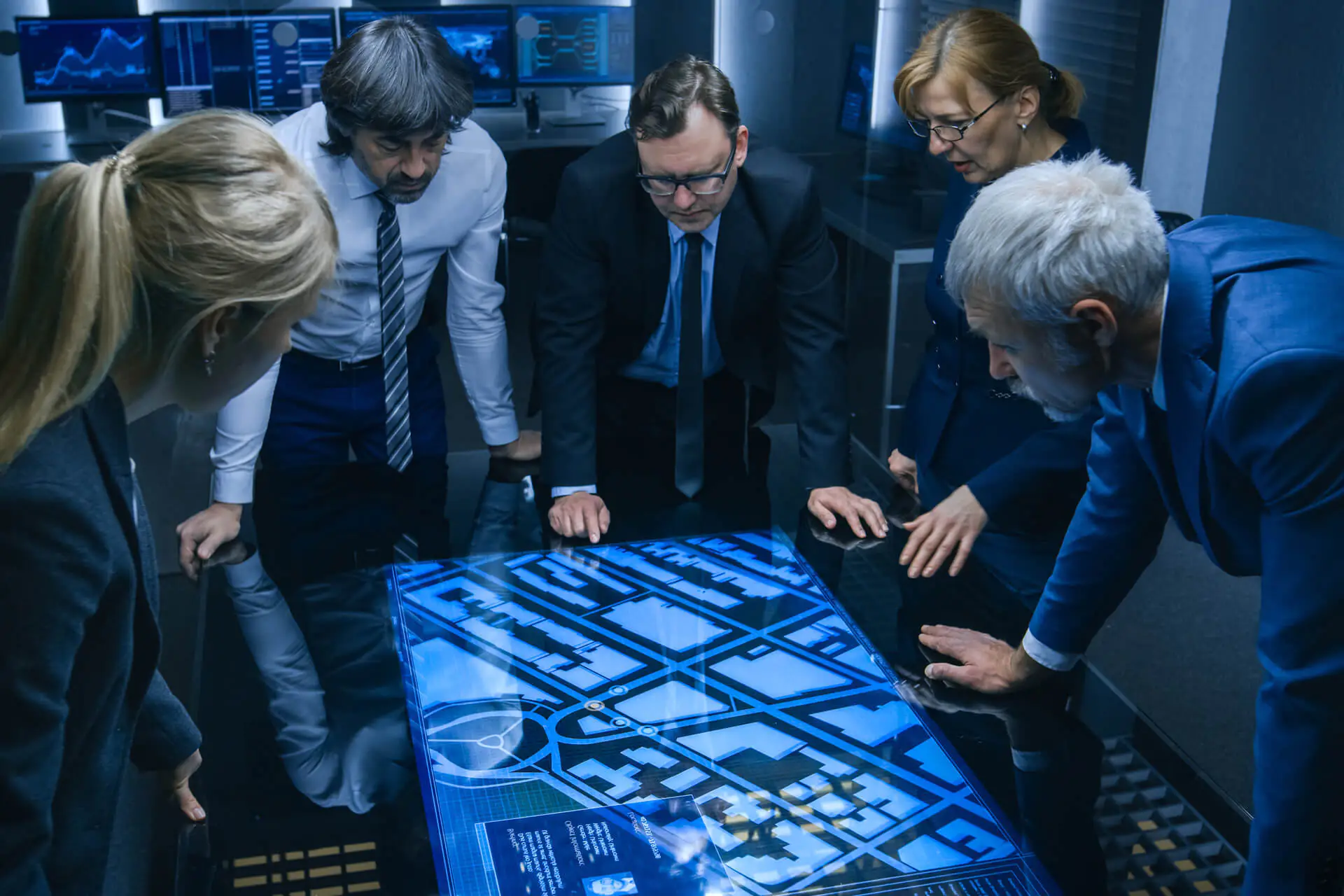Effective surveillance can be a major challenge. The first hurdle lies in gathering enough data to be useful. Then, once you have enough data, the second question is how to sort what’s useful from what isn’t. And once you’ve figured that one out, you need a system that ensures the right people can access the data they need when they need it.
For the police, the first challenge – getting enough data – is no longer the issue it once was: between CCTV cameras, body worn cameras, dash cams and drones it’s easier than ever to capture the footage you need. But this vast amount of data only makes it more challenging to sift through it and make sure that it’s getting to the right people.
What are real-time operation centers?
The answer to these challenges may lie in what are known as ‘real-time operation centers’. These centers act as a focal point for incoming surveillance data. Information drawn from deep social media monitoring, private and public closed-circuit televisions (CCTV), open-ended data collection, and algorithmic mining all come to this hub. ‘Virtual backup’ teams then monitor, sort and store data here, and provide real-time support to officers in the field. This means that even before they arrive on scene, officers can be provided with details including photos of the suspect or the scene and information taken from social media and other corners of the internet. This information can be supplied to officers in their patrol cars moments before they meet a suspect.
Many agencies around the world work with similar concepts. INTERPOL and EUROPOL have high-security Operational Centers around the globe that focus on ongoing information collection (although these don’t provide real-time support). Since 2010, Canada has set up a number of real-time operation centers, with major corporations like Motorola, IBM, and Palantir providing them with technology and support. These centers have been used to monitor demonstrations, using social media surveillance to scan for signs of drug use, self-harm and social disturbances.
The debate

As with any issue regarding police surveillance, there has been opposition from people who feel that the centers will be used to invade the private lives of the general public. Other civil rights groups have argued that the centers will further racial profiling and discrimination in the areas that they are used.
“These centers are expanding police surveillance into people’s everyday lives and using personal information collected in non-criminal contexts for policing operations,” said Thomas Linder, a sociologist and former research fellow at the Surveillance Studies Centre at Queen’s University. “These centers leverage this massively expanded surveillance to bring detailed information about any person straight to a frontline officer in real time. This radically changes the kind of info available to a responding officer, pushing all the biases inherent to these technologies directly to an officer already in a potentially tense situation.”
The individual technologies used by the centers are not new and some have undergone privacy impact assessments, but their centralization and concerted use for policing operations has never been assessed.
Evolution of an idea

Of course, the concept of centralized information centers is not exactly a new one for the US. Homeland Security set up The National Network of Fusion Centers, whose function they describe as “focal points in states and major urban areas for the receipt, analysis, gathering and sharing of threat-related information between State, Local, Tribal and Territorial (SLTT), federal and private sector partners.” While initially set up to combat terrorism, Fusion Centers have broadened their remit over time to help cover any threat to public security, including crimes and even natural disasters by working with Emergency Operations Centers. However, like the other centers mentioned above, they have more of a focus on information and gathering between relevant parties, rather than real-time operations.
What’s the alternative?
Despite the arguments from some civil rights groups, police surveillance isn’t going to be reduced any time soon. Not only does it help to reduce crime, but it has also been shown to increase officer safety. If anything, the amount of incoming data to police departments is only going to increase over time. With that being the case, it seems inevitable that real-time operation centers similar to those being used across Canada, will become an integral part of police departments across the US and, most likely, around the world.

